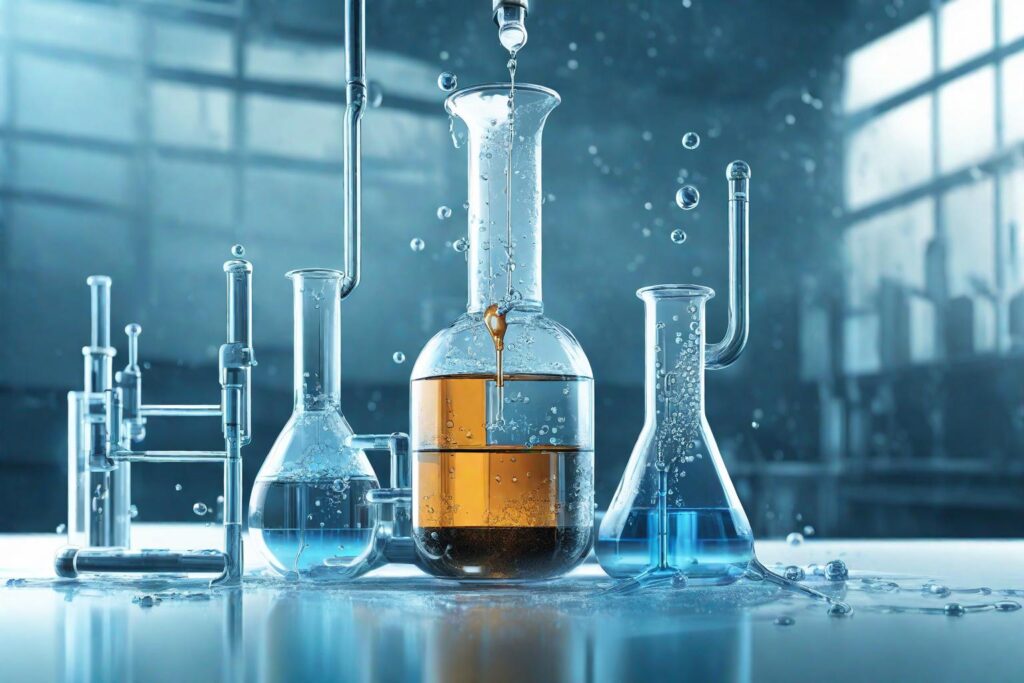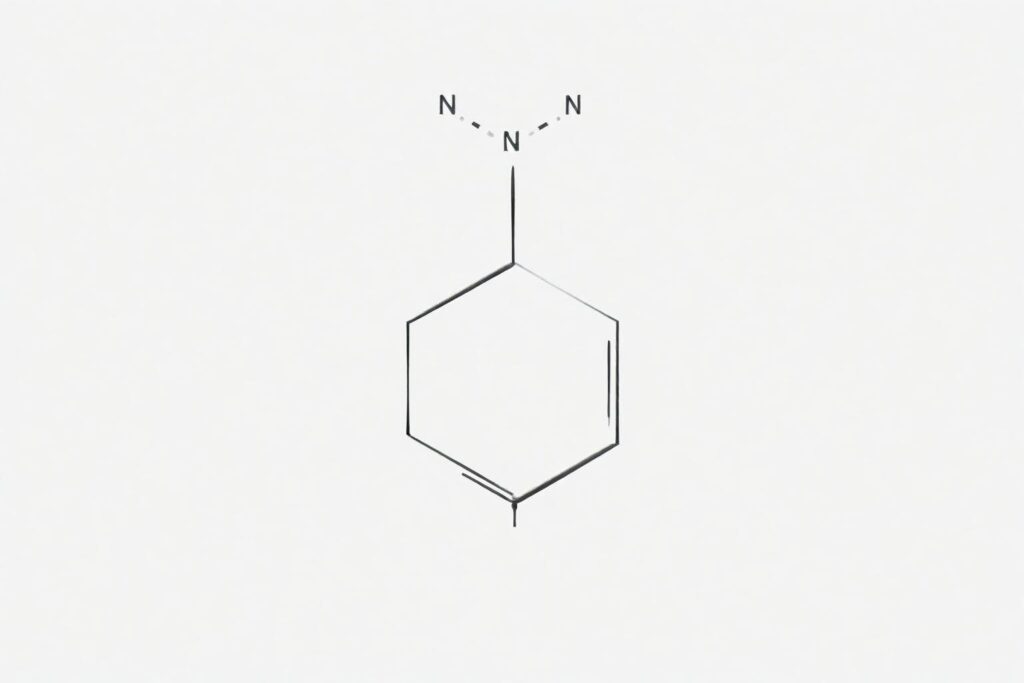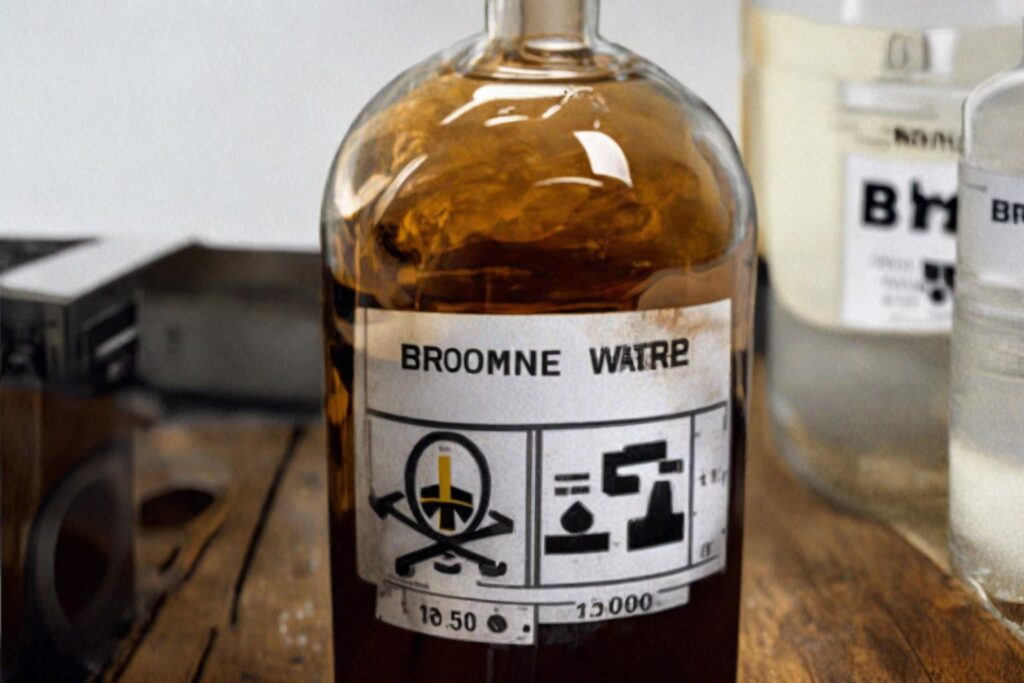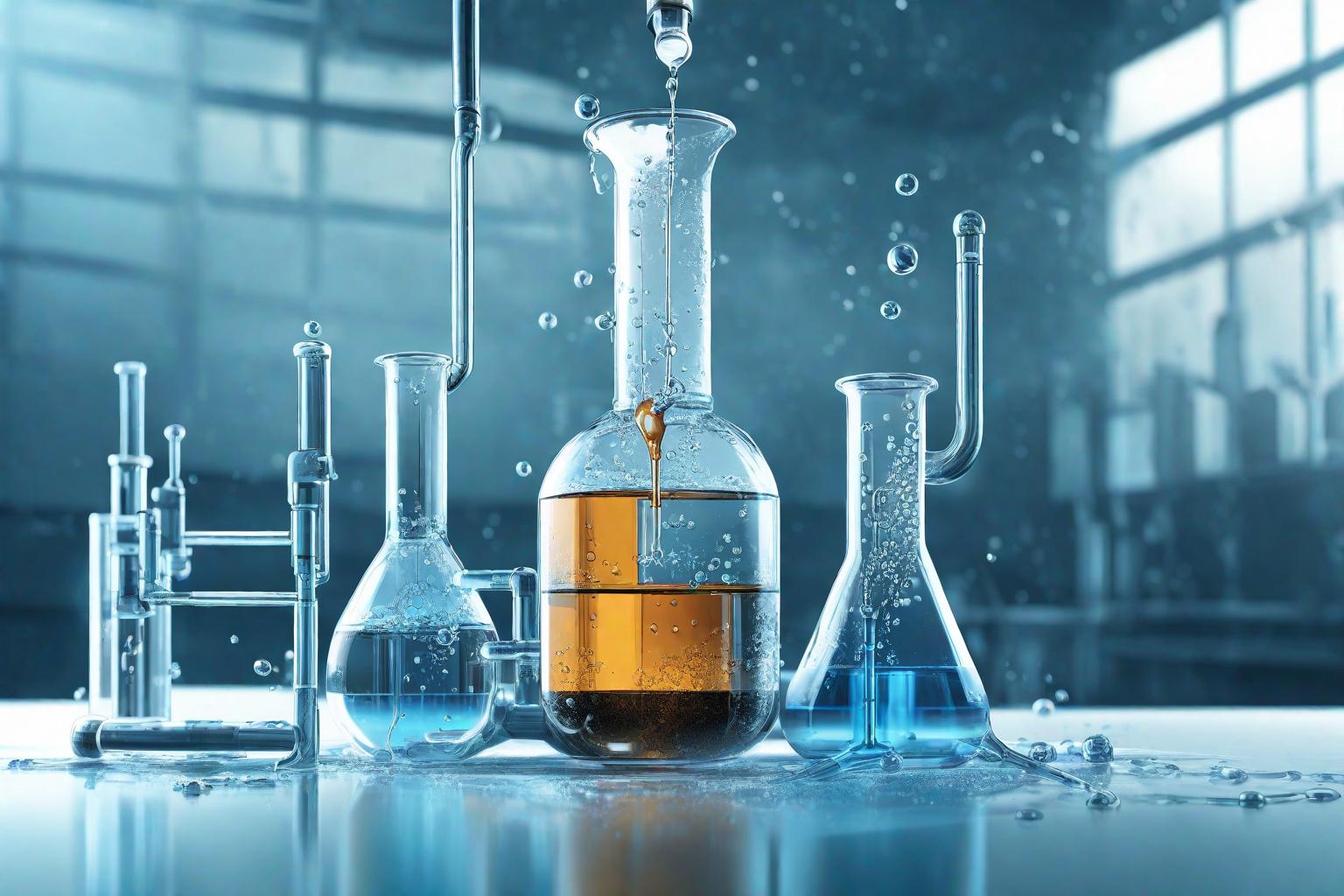What happens when aniline is treated with br2 water ?

Have you ever wondered what happens when you mix a vibrant organic compound like aniline (C₆H₅NH₂) with the orange magic of bromine water (Br₂/H₂O)? It’s a fascinating dance of atoms, a tale of electrophilic substitution, and ultimately, the birth of a new molecule with its unique story. In this article, we’ll dive into the chemical reaction behind this intriguing interaction, making it accessible and engaging for science enthusiasts and curious minds.
Check this out also Which of the following is a good dietary source of vitamin d2?Discovering the Best Dietary Sources of Vitamin D2 for a Healthier You
Table of Contents
The Initial Sparks: A Nucleophilic Aromatic Ring

Aniline, a crucial component in dyes, pharmaceuticals, and plastics, boasts a special feature – an aromatic ring with a lone pair of electrons hanging off the nitrogen atom. This lone pair, hungry for action, acts as a nucleophile, ready to snag an electron-rich species in its grasp.
Enter the Bromine Brigade: Electrophilic Attack and Substitution

Bromine water, on the other hand, contains bromine molecules (Br₂) looking for a good fight. With their uneven electron distribution, these bromine molecules become electrophiles – attracted to electron-rich regions. This sets the stage for the main event: the electrophilic aromatic substitution (EAS) reaction.
The Battle Unfolds: Bromine Takes its Place
Imagine the lone pair of electrons in aniline’s ring as a juicy target. Bromine molecules, like skilled archers, launch electrophilic attacks, aiming their positive ends at the ring. When one lucky bromine snags the lone pair, a new bond forms and the bromine atom replaces a hydrogen atom on the ring. This marks the birth of a new molecule – 2,4,6-tribromoaniline (C₆H₂Br₃NH₂).
The Aftermath: Decolorization and Precipitate Formation
As the reaction progresses, bromine water loses its orange hue, decolorizing due to the consumption of bromine molecules. Meanwhile, the newly formed 2,4,6-tribromoaniline, less soluble in water than its parent aniline, gracefully exits the scene, forming a white precipitate at the bottom of the vessel.
The Takeaway: A New Molecule Emerges
This intricate dance of electrons not only consumes the orange of bromine water but also gives rise to a novel molecule with its own set of properties. 2,4,6-tribromoaniline finds applications in dyes, pesticides, and fire retardants, showcasing the transformative power of chemical reactions.
Beyond the Basics: Going Deeper
This is just a glimpse into the world of aniline and Br₂ water. Curious minds can delve deeper into topics like the regioselectivity of the reaction (why bromine prefers certain positions on the ring) or the role of solvents in influencing the process.
Remember: While exploring chemical reactions is exciting, always prioritize safety when working with potentially harmful chemicals. Conduct experiments only under the supervision of qualified professionals and follow proper safety protocols.
So, the next time you encounter aniline and bromine water, remember the fascinating story of substitution, decolorization, and the birth of a new molecule. It’s a testament to the intricate dance of the chemical world, and a reminder that there’s always something new to discover in the realm of science!

